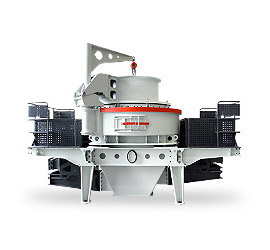A river stone crushing plant is designed to process river stones (also known as river pebbles) into various sizes of aggregates for construction, concrete, road base, and other applications. River stones are typically hard, smooth, and rounded due to natural water erosion, making them ideal for high-quality crushed stone production.
Key Components of a River Stone Crushing Plant
1. Feeding System
– Vibrating Feeder: Ensures steady and controlled material flow into the crusher.
– Hopper: Stores raw river stones before processing.
2. Primary Crushing (Jaw Crusher or Gyratory Crusher)
– Breaks large river stones (up to 500–800mm) into smaller pieces (~100–200mm).
– Jaw crushers are commonly used for their reliability and high capacity.
3. Secondary Crushing (Cone Crusher or Impact Crusher)
– Further reduces the size to 20–50mm.
– Cone crushers are preferred for river stones due to their ability to handle hard materials efficiently.
4. Tertiary Crushing (Vertical Shaft Impact Crusher – VSI or Fine Cone Crusher)
– Produces fine aggregates (5–20mm) or sand (0–5mm).
– A VSI crusher can shape the crushed stones into well-graded, cubical particles.
5. Screening System
– Vibrating Screens: Separate crushed stones into different sizes (e.g., 0–5mm, 5–10mm, 10–20mm, etc.).
– Oversized materials are sent back for re-crushing.
6. Sand Washing Machine (Optional)
– Removes impurities like clay and dust from manufactured sand.
– Ensures high-quality final products.
7. Conveyor Belts
– Transport materials between different stages of crushing and screening.
8. Control System
– Automated PLC control for efficient operation and monitoring.
 Advantages of a River Stone Crushing Plant
Advantages of a River Stone Crushing Plant
✔ High-quality aggregates with good grain shape
✔ Durable equipment suitable for hard materials
✔ Low wear due to smooth surface of river stones
✔ Environmentally friendly (reduces natural sand mining)
 Common Applications of Crushed River Stones
Common Applications of Crushed River Stones
– Concrete production
– Road construction & railway ballast
– Landscaping & decorative stone





Leave a Reply